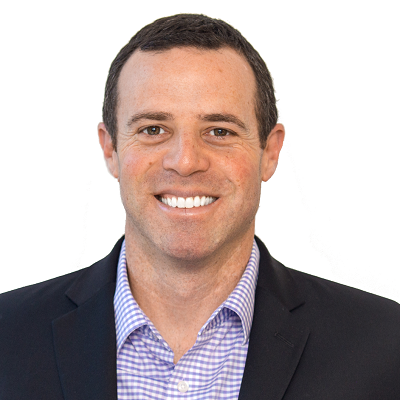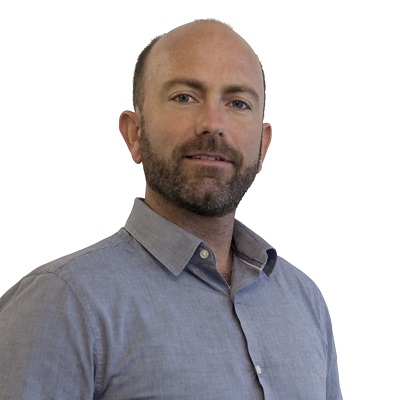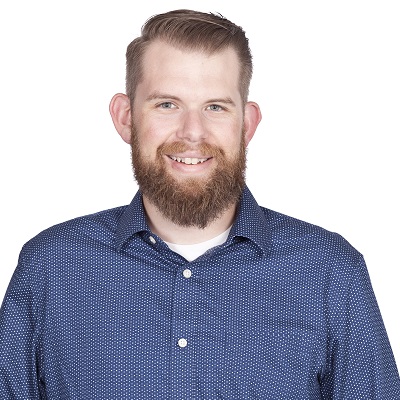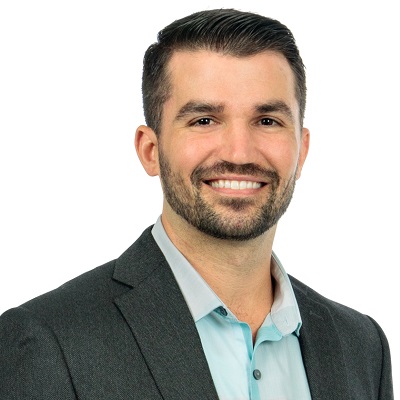- About NAEP
- Membership
- NAEP Chapters
- Working Groups
- Events and Programs
- Awards/Scholarships
- Resources
Cultural ResourcesNew Fields of Vision: Using Immersive Technologies for Public Outreach, Preservation, and Environmental ManagementJosh Hohn, Tom Davis, Garret Root, Dalton LaVoieTuesday, May 21 About the SessionTechnological advancements are rapidly altering the way in which we view our built and natural environments. Virtual reality (VR) platforms, data visualization, and digital modeling have become critical components of project engineering and development. Increasingly, however, they also provide value in helping stakeholders, agencies, and even project proponents more fully understand a project’s potential effects to specific natural resources, and vice versa. Achieving a more robust, shared understanding of a project and its environment can yield greater consensus regarding potential impacts and related mitigating actions. This panel presents specific applications of immersive technologies to projects where aesthetic, biological, and cultural resources were critical issues. The placement of photo-realistic simulations within 360-degree photographs allowed East Sacramento residents to view via VR recreational facility improvements proposed for McKinley Park as part an underground flood-control project. The development of similar imagery as a demonstration for a utility-scale wind energy project can provide clients and stakeholders the ability to see the full landscape context within which such a project would appear. The use of mobile applications and real-time data management have accelerated field biologists’ ability to relay and analyze field data during critical phases of environmental compliance projects. And three-dimensional imaging and scanning technologies, coupled with real-time visualization of their outputs, created a digital model of a 19th Century Gothic Revival style house, complete with period-specific interior recreations. This would allow regulators, the public, or other invested community groups to view and interpret an otherwise inaccessible historic house in a fully navigable, virtual reality environment. Attendees will leave the session with a better understanding of what technologies are being applied to augment more traditional processes of understanding project effects, and how such applications might help them in their work. They’ll also have a better understanding of what may soon be possible. About the Presenters
|

 Josh Hohn
Josh Hohn Tom Davis
Tom Davis Garret Root
Garret Root


